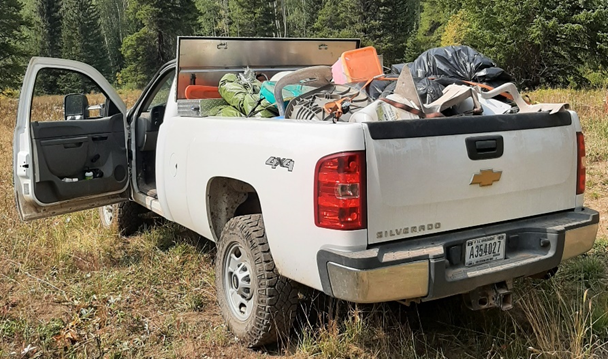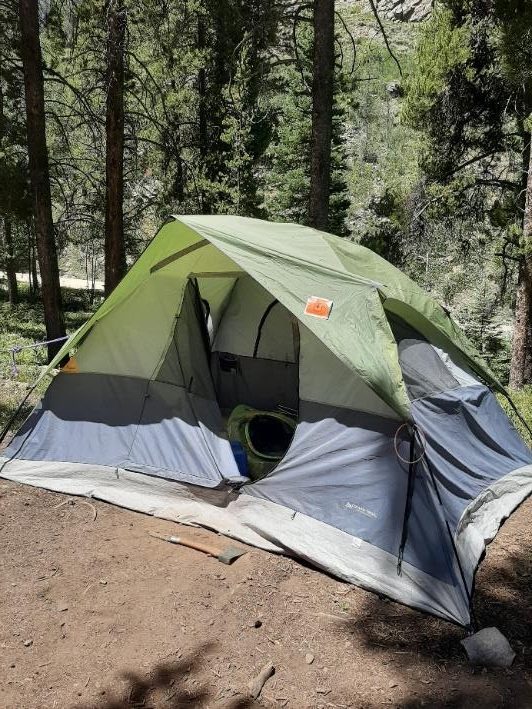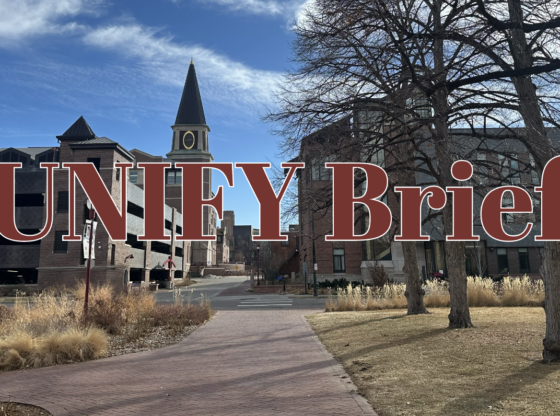“The COVID effect” is how Paula Peterson, a recreation staff officer with the Eagle-Holy Cross Ranger District of the White River National Forest, describes the condition of the nation’s most visited national forest. The COVID-19 pandemic has brought more people outside and inundated our public lands with new users.
“We did see an enormous increase in use,” Peterson said. Despite a global pandemic, the White River National Forest’s more than two million acres, 2,500 miles of trails and 12 ski resorts saw a 77% increase in visitors.
Everyone was forced outside when gyms and indoor attractions closed. Almost overnight, public lands across the state were swarmed with people who wanted to escape life at home and enjoy Colorado’s great outdoors. The new norm is full parking lots and trails crawling with people.
From national parks and forests to state parks and county open space to local parks, just about everywhere you go, you will come across a crowd. While land managers are overjoyed so many people are outside enjoying nature, they caution that this surge in usage could damage these fragile environments.

“We did a lot of picking up after people,” Peterson told a public meeting last week. Rangers removed 5,000 pounds of trash, 40 piles of human waste, 10 homemade toilets and 70 dog waste bags. They found abandoned tents, makeshift structures and even a sailboat. This data is from one of the forest’s six management districts.
Peterson reported rangers put out 34 unattended campfires during Colorado’s worst wildfire season ever. Any one of those unattended campfires could become a wildfire. This is what keeps the land managers up at night.

Jefferson County Open Space (JCOS) announced this week that they are closing seasonal parks and trails. JCOS wrote in a statement, “Seasonal wildlife closures [are] to protect species at sensitive times in their life cycles.” JCOS’ action is designed to let wildlife and natural resources recuperate. Hikers reported feeling “claustrophobic” on trails overrun with people, those same trails are now closed to recover from all the use.
Here in Denver, the city’s parks department also reports a record number of people visiting city parks. It is not uncommon to find the more popular Washington Park, City Park and Civic Center Park packed with people every day of the week.
Beth Nobles is the Executive Director of the Sand Creek Regional Greenway Partnership, which oversees the 14-mile “wilderness in the city” Sand Creek Greenway. She described how frequent use is affecting the trail.
“Our trail is just being loved to death,” said Nobles. “The pandemic has stretched resources as needs have multiplied.”
Land managers are thrilled to see new people at parks, but they want to ensure that trail goers are recreating responsibly and protecting natural resources. Visitors are reminded to follow the principles of leave no trace, plan ahead and prepare, travel and camp on durable surfaces, dispose of waste properly (pack it in, pack it out), leave what you find, minimize campfire impacts, respect wildlife and be considerate of other visitors.
Get outside and enjoy Colorado’s great outdoors, but make sure to protect the resource. If all of us will work together in pursuit of conservation, our public lands will be around for generations to come. To find your next outdoor adventure, visit https://trails.colorado.gov.











